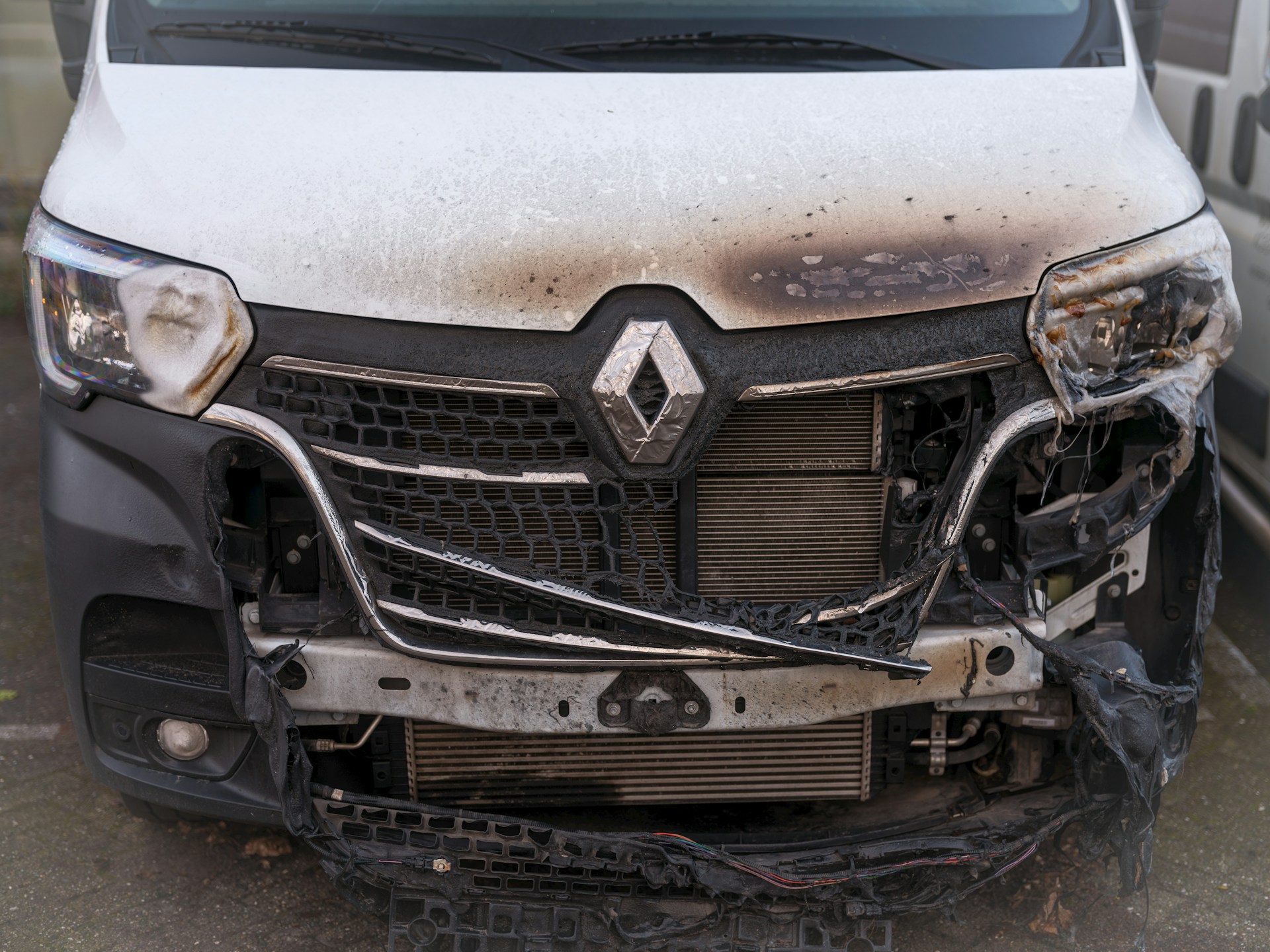Experiencing any kind of road collision is upsetting and stressful. Even more so if someone gets hurt or if there's any kind of vehicle damage involved.
Suppose you’ve been unlucky enough to experience vehicle damage, and your vehicle needs repairs. In that case, it’s always wise to be as well-informed as possible before committing to any repair work. Running a vin check can help you confirm the car’s history, prior damage records, and existing issues so you understand the full context before making decisions.
If that sounds like you, don't worry, you're not alone. Recent data suggests more than 12 million road collisions in the US occur in just a single year.
With that said, let’s take a look at what you should do during the immediate aftermath of your accident.
After the Accident
After the accident, it’s worth understanding how to calculate the percentage of vehicle damage due to a collision. This provides a better understanding of the amount you or your insurance company will have to pay for in repairs.
After an accident, your insurance company has to assess the amount of damage incurred by carrying out a total loss valuation. This determines whether your vehicle is worth repairing or whether it should be totaled.
Once you've contacted your insurance company after the accident, they'll likely give you a list of body shops on their approved list who can look at your car.
Once you’ve chosen one, they can give you a better estimate of what work they may be able to do on your vehicle. Ideally, you should really get three or four estimates.
Having these means, you can compare them to an estimate of costs your insurance company has given you or any estimates you’ve calculated yourself online.
To Total or Not to Total?
Not only will your insurance company look at the damage incurred to the vehicle but also its age, condition, and its history via its VIN number.
From there, your insurer will determine whether or not it's worth repairing or totaling your car.
State law determines whether to total a car or not, and each state has its own calculations for this.
There are two methods:
One calculation is the Total Loss Threshold (TLT). This checks if a vehicle should total a car after a collision. The TLT is a legal limit that determines when an insurance company has an obligation to state if a car is beyond repair.
A vehicle can receive a certificate of destruction or a salvage certificate of title when it is totaled.
In Florida, that threshold is 80%. In other words, if your vehicle damage is such that repairs are more than 80% of the Actual Cash Value of the vehicle before the damage occurred, your insurance company will say your vehicle can be totaled.
So if your car was worth $20,000 and the collision has caused $16,000 of damage, your vehicle will be totaled.
Apart from Florida, other states that use this formula are Colorado and Texas.
Total Loss Formula (TLF)

Other US states, however, use the Total Loss Formula (TLF). This adds together your vehicle’s repair costs plus the salvage costs.
When these figures combined are over the Actual Cash Value of your car at the time of the collision, your card will be totaled.
Examples of states that use TLF include Alaska, Arizona, California, Connecticut, Delaware, and New Jersey.
Some states use both formulas. But often in favor of one over the other, such as Alabama, which uses TLT in 75% of cases.
Other Factors
When an insurance company is assessing if your car is worth replacing or not, it may use one of the following ways.
We’ve already mentioned Actual Cash Value, so let’s look at that first. Put simply, it’s the cash value of your vehicle at the time of the accident. Factors used to determine this can be a vehicle’s age, repair history, and mileage.
They’ll also check the vehicle's conditions. This includes any previous flood damage or involvement in prior accidents. You’ll find this information in the vehicle history report.
Another way to make this calculation is by using the NADA site to look at vehicles of a similar model, age, and so on.
This is also an excellent tool for you to use if you want to compare your insurance company’s valuation against your own.
Then there’s Kelly Blue Book. This is a popular online tool that evaluates a fair market rate for your car at the time of your collision.
One Last Thing
Finally, you can also consider whether or not you ever upgraded your car’s exterior and interior, carried out any oil changes, or added new tires or brakes.
As long as you keep receipts and/or photos to prove any completed works, you can add these to the valuation estimates.
Overall, the older the vehicle, the more likely it is to be totaled. According to the US Department of Transportation, the average age of an on-the-road vehicle in 2019 is 11.8 years.
According to one report, almost 18% of cars involved in a collision ended up at a scrapyard in 2018.
After all, it stands to reason, average repair costs for newer vehicles will be lower than those of older vehicles.
Are You Ready to Calculate Your Vehicle Damage?
Hopefully, you now know a little bit more about how to calculate the percentage of vehicle damage.
For more information on the automotive industry, please feel free to contact us today, and we'll do our best to help. We'd love to hear from you!







